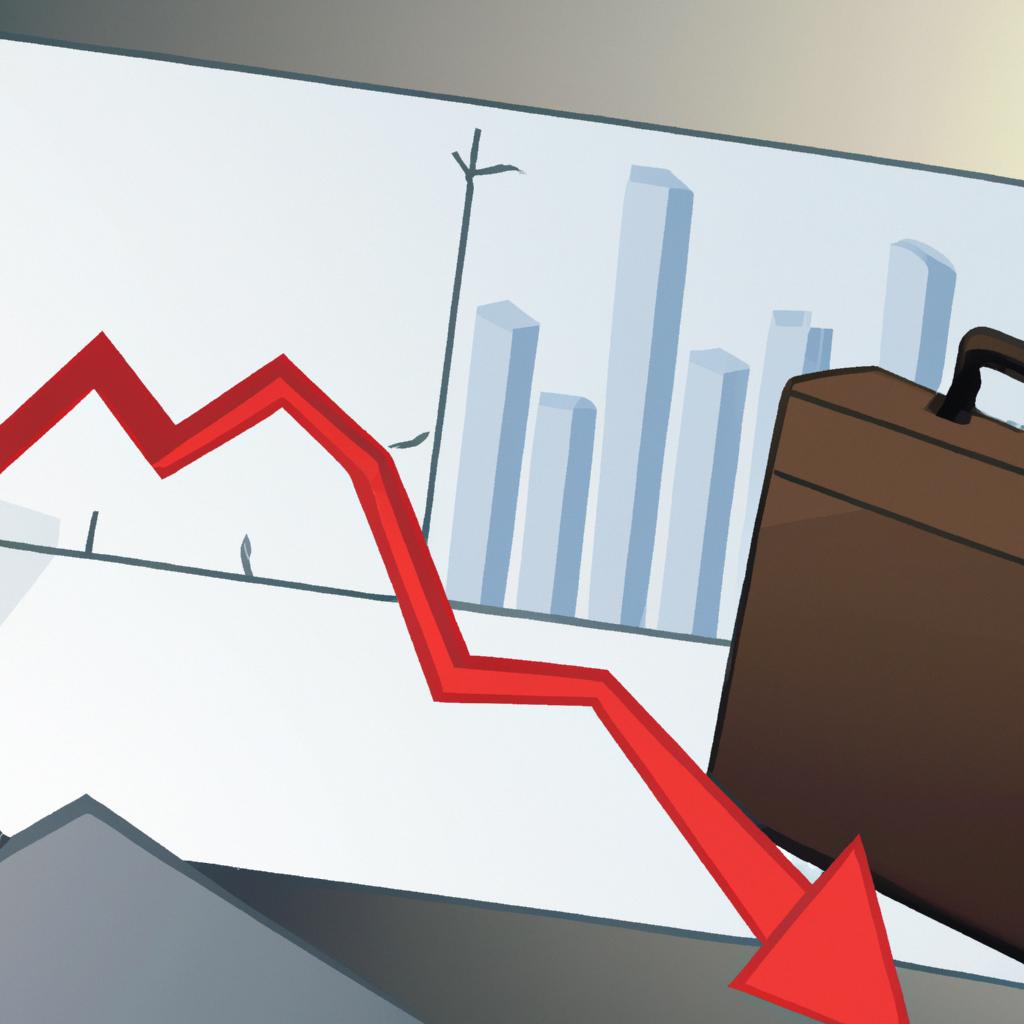The steep selloff in stocks intensified on Friday as weak hiring and rising unemployment sparked a rush out of risk assets. The leading stocks that have driven much of the bull market’s gains led equities lower, with the Nasdaq-100 entering correction territory.
Equities have started August on a negative note as weaker labor market data and mixed economic news have increased anxiety among market participants. Many now worry that the Federal Reserve may have delayed too long in lowering interest rates from their 23-year high. Friday’s unexpectedly weak July jobs report only heightened those concerns.
The U.S. nonfarm payrolls expanded by 114,000 last month, significantly below the forecast of 175,000 jobs, according to the Bureau of Labor Statistics. Over the past year, the U.S. economy averaged 215,000 jobs created per month. Additionally, the June jobs report was revised down by 27,000 jobs to 179,000.
The unemployment rate, derived from a separate survey, rose to 4.3% in July from 4.1% in June. This increase triggered the Sahm Rule, a recession indicator with a perfect track record over the past 50 years.
“July’s poor employment report highlights the Fed’s lag with its decision to hold rates this week, and suggests that the outcome of September’s meeting is now finely balanced between quarter-point and half-point reductions,” writes Ian Shepherdson, chairman and chief economist at Pantheon Macroeconomics. “The weakness was broad-based and not due to one-time factors like weather; excessively tight monetary policy is to blame.”
A weakening labor market adds pressure on the Federal Open Market Committee (FOMC) to lower the short-term federal funds rate at the next Fed meeting.
As of August 2, futures traders assigned an 80% probability to the FOMC enacting a half-point cut in September, up from 22% a day earlier, according to CME Group’s FedWatch Tool. Simultaneously, the chances of a quarter-point cut at the next meeting dropped to 20% from 78% a day ago.
“Risk assets are being hammered by joblessness worries, and investors are no longer reacting positively to negative economic developments,” writes José Torres, senior economist at Interactive Brokers. “Equity indices are selling off across the board.”
By the close of trading, the Dow Jones Industrial Average fell 611 points, or 1.5%, to finish at 39,737. The Nasdaq Composite dropped 2.4% to 16,776, and the S&P 500 fell 1.8% to close at 5,346.
Mixed-to-disappointing earnings from Big Tech names have also caused markets to recalibrate their bets on AI. Earnings season has shown that massive capital expenditure on generative AI may not yield profits as quickly as previously thought.
Amazon.com stock fell 8.8% after reporting mixed earnings results for the second quarter and issuing an outlook for the third quarter that slightly missed expectations.
However, Wall Street remains optimistic about Amazon’s results. “Amazon’s AI initiatives are deep, broad, well-adopted, and supported,” says Aron Bohlig, managing partner at ComCap. “AI and advanced technology investments include chips, major partnerships with NVIDIA, significant model enhancements, programming interfaces, robots, and robotic taxis.”
Combining these AI initiatives with Amazon’s entertainment, healthcare, and grocery products makes the company a single source for most consumer needs, with its market position continuing to improve, Bohlig adds.
Meanwhile, Apple stock rose 0.7% after reporting better-than-expected earnings for its fiscal third quarter and hinting at similar growth for its fiscal fourth quarter.
For the three months ended June 29, Apple’s revenue increased by 4.9% year-over-year to $85.8 billion, driven by 14.1% growth in services to $24.2 billion. Its earnings per share improved by 11.1% from the previous year to $1.40.
“During the quarter, our record business performance generated EPS growth of 11% and nearly $29 billion in operating cash flow, allowing us to return over $32 billion to shareholders,” said Apple CFO Luca Maestri. “We are also pleased that our active device installed base reached a new all-time high in all geographic segments, thanks to very high levels of customer satisfaction and loyalty.”
Intel stock plunged 26% after missing top- and bottom-line expectations for its second quarter and providing a weak outlook for the third quarter. Additionally, Intel announced a 15% reduction in headcount and the temporary suspension of its dividend as part of cost-cutting efforts.
“Intel is suspending the dividend starting in the fourth quarter, recognizing the importance of prioritizing liquidity for necessary investments,” the company stated. Despite the suspension, Intel maintains a long-term commitment to a competitive dividend as cash flows improve.
Intel experienced its worst session in fifty years, closing at levels not seen in more than a decade. The once-mighty tech giant has been a disaster for long-term investors, painfully evident to anyone who invested $1,000 in Intel stock 20 years ago.
